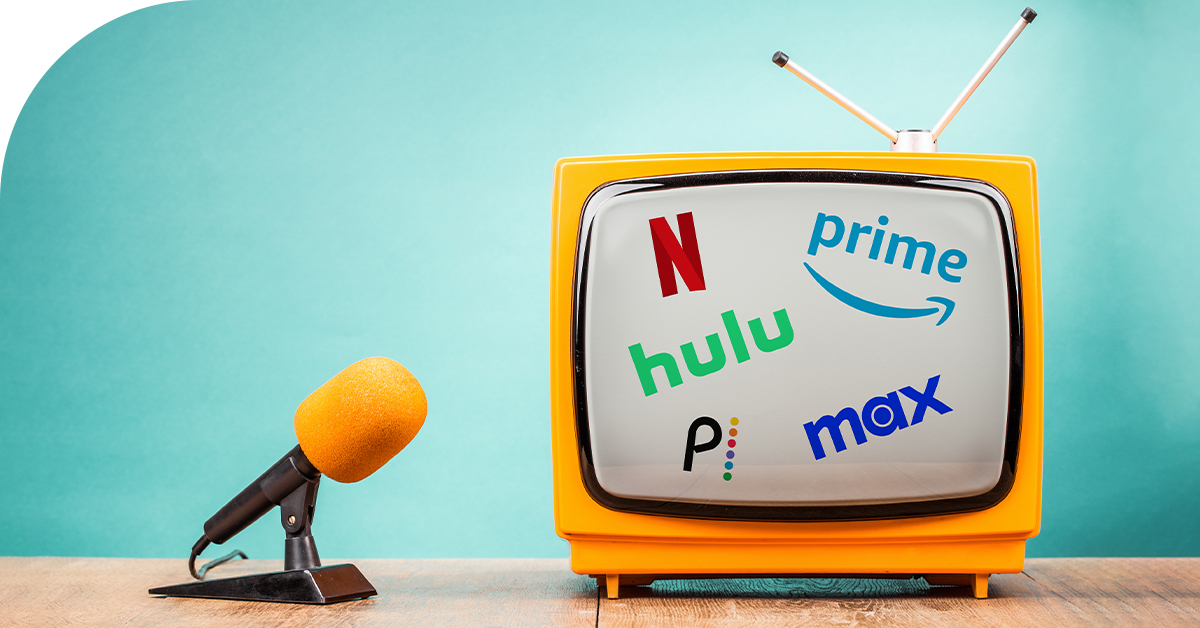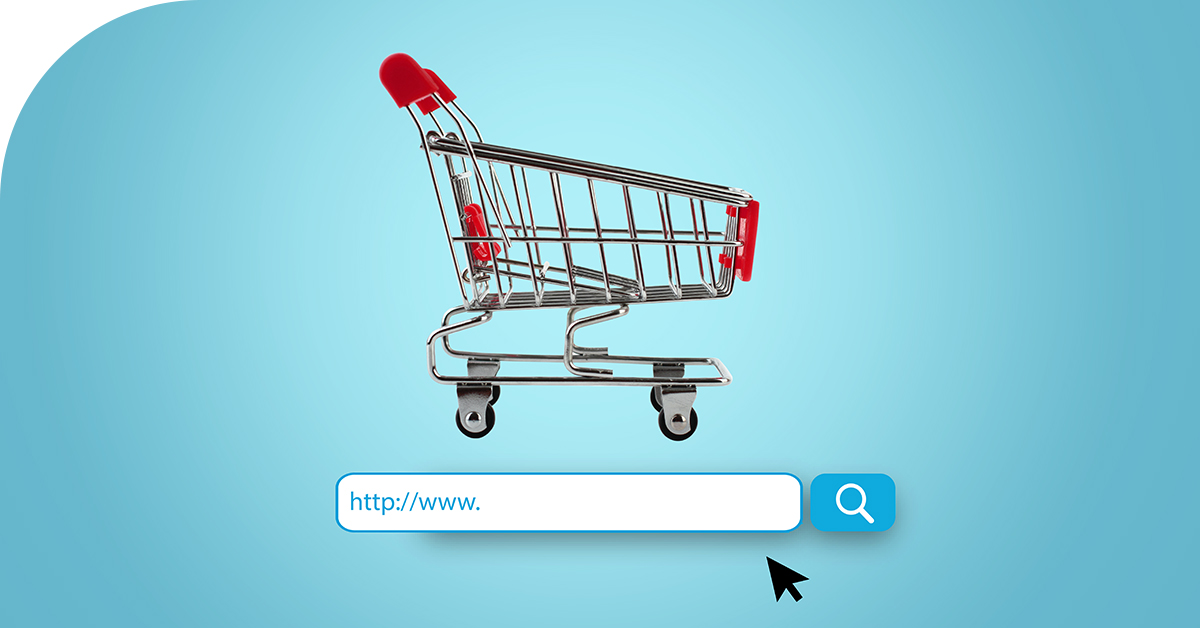At Choozle, we are media buyers and marketers ourselves, and we understand the impact that changing dynamics in the markets can have as a result of any crisis. Every brand and agency will quickly adjust their digital advertising strategy to the changes within the marketplace. But what are the right moves to make during a crisis for your marketing strategy?
To help you through any crisis, we’ve put together a guide on how you can manage your digital advertising strategy.
Jump to:
Considerations for your strategy
Impact on user behavior during a crisis
Nielsen research finds viewers stream 61 percent more connected TV during significant emergencies. Millions of consumers will be streaming music and television shows, and will still need to shop, which makes connected TV and audio advertising an ideal solution. Over the last couple of weeks, we have seen connected TV impressions skyrocket by 17 to 30 percent, and CPMs decrease by 16.5 percent. With audio advertising, we’ve seen impressions increase by 135 percent, and CPMs decrease by 34.7 percent over the last couple of weeks.
With an unprecedented number of users flocking to digital environments, now is the time to focus on digital advertising strategies that keep your brand top-of-mind and drive results today as well as into the future. There’s an opportunity to claim more share of the market. Now can be the time to capture consumers’ attention on high-impact performance channels–especially connected TV and audio advertising.
However, digital advertising campaign performance is still important﹣this isn’t the time for billboards or sponsorships because every cent in the budget matters and must be spent wisely. Marketers should look to run performance-driven, direct response, brand awareness, connected TV, and audio advertising campaigns to capture the opportunity of changing user behavior.
Considerations for your crisis marketing strategy
Think before decreasing budgets
Reducing digital advertising budgets can be a knee-jerk reaction. But is that the right thing to do? Smart marketers and brands will use this opportunity to capture ongoing and growing revenue. Brands need revenue now more than ever, and limiting advertising will potentially hurt revenues in the coming months. (Think about how long your sales cycle is). You need to reevaluate your digital advertising strategy to figure out what channels will provide the most value.
Avoid the lasting impacts
Stay present in the consumers’ minds with digital advertising to defend your market share, so you aren’t paying for it in years to come.A study from IPA (Institute of Practitioners in Advertising) measured the impact of reducing the digital advertising budget with 50 percent. If competitors aren’t decreasing their communication budgets, the company needs three years to recover to a normal level of sales.
Daily optimization
Digital advertising strategies and campaigns that made sense two weeks ago might not work today. It is no longer okay to set-it-and-forget-it for your digital advertising strategy. You should look to make daily optimizations to increase results on key ad channels that deliver strong, measurable performance.
Successful tactics & channels for your digital advertising strategy

Connected TV
Connected TV (CTV) refers to any TV that can be connected to the internet and access content beyond what is available via the normal offering from a cable provider. CTV includes ads bought programmatically and shown on computer/mobile streaming, or over-the-top (OTT) devices.
Connected TV (CTV) refers to streaming TV over the internet on any device, including mobile devices, tablets, and computers. With connected TV campaigns, you can run ads alongside popular TV shows and movies on all the big streaming services like Roku, SlingTV, and DirecTV OnDemand. Connected TV campaigns allow you to reach highly-engaged audiences on every screen, especially as engagement increases.
The COVID-19 pandemic impacted the inventory availability and price of Connected TV placements. Over the last couple of weeks (through March 1, 2020, to March 24, 2020), we have seen connected TV impressions skyrocket by 17 to 30 percent, and CPMs decrease by 16.5 percent. To take it one step further, we took a look at publisher placements and how viewership and inventory have adjusted.
Disney
- +8% week-over-week increase in unique users
- +11% week-over-week increase in session length
- +13% week-over-week increase in ad impressions
Pluto
- +15% week-over-week increase in unique users
Sling
- +29% week-over-week increase in unique users
- +66% week-over-week increase in ad impressions
- +34% week-over-week increase ad inventory in news categories
- +17% week-over-week increase ad inventory in entertainment categories
Verizon
- +20% week-over-week increase in unique web users
- +12% week-over-week increase in unique users for streaming
- +75% week-over-week increase in unique users for gaming
AT&T
- +12% week-over-week increase in Fox News viewership
- +61% week-over-week increase in CNN viewership
- +18% week-over-week increase in MSNBC viewership
Audio advertising
Programmatic audio advertising is automated selling and insertion of ads in audio content like podcasts, digital radio, and streaming music services by leveraging programmatic audio-specific publishers like Spotify, Triton, AdsWizz, and TargetSpot. This audio content can be streamed on a variety of devices like desktop, mobile phones, over-the-top televisions, and smart speakers.
The COVID-19 pandemic has changed users’ behaviors with the streaming audio. Over the last couple of weeks (through March 1, 2020, to March 24, 2020), we have seen audio advertising impressions increase by 135 percent, and CPMs decrease by 34.7 percent.

- iHeart Media - Global - RON - Audio (English Language Only)
- iHeart Media - Global - RON - Audio (Spanish Language Only)

- Spotify - US - Audio (Audio creative required) - In-App (Desktop & Mobile
- Spotify - Desktop, Mobile In-App - Audio - M18-44
Historical examples
There are many stories of positive outcomes of brands that have continued their marketing efforts during a crisis. These are brands that enter a recession or depression with a reasonably healthy balance sheet and decide to increase marketing budgets instead of recoiling, fare far better during and after the economic slowdown. In fact, often, these brands have grasped more of the market share.
Even when times are tight, and there is a crisis, consumers don’t wholly stop spending. They simply look for better bargains. When brands slow or end their digital advertising spending, your brand could vanish from the consumer’s mind by not being present. Eventually, subconsciously, consumers will begin to entertain doubts about your brand, and they could perceive it as weak or fading. Even worse, they could gravitate to your competitors who are maintaining or increasing their digital advertising spending.
To help you understand the impact of correctly managing your digital advertising strategy in a crisis, we have gathered a few historical success stories.
- Quick Service Restaurants: In the 1990-91 recession, Pizza Hut and Taco Bell took advantage of McDonald’s decreased marketing budget. As a result, Pizza Hut increased sales by 61 percent, Taco Bell sales grew by 40 percent, and McDonald’s sales declined by 28 percent.
- Dry Cereal: In the 1920s, Post was the category leader in the ready-to-eat cereal category. During the Great Depression, Post cut back significantly its advertising budget, and rival Kellogg’s doubled it’s advertising spend, investing heavily in radio and introducing a new cereal called Rice Krispies, featuring the catchy slogan, “Snap, Crackle, and Pop.” Kellogg’s profits grew by 30 percent, and the company became the category leader, a position it has maintained for decades.
- Technology: Amazon sales grew by 28 percent in 2009 during the “great recession.” The tech company continued to innovate with new products while the economy slumped, most notably with new Kindle products, which helped to grow their market share. In a first, on Christmas Day in 2009, Amazon customers bought more e-books than printed books. As a result, in the minds of consumers, Amazon became an innovative company by introducing a lower-cost alternative to cash-strapped consumers.
Provided you’ve managed your brand well and planned for the rocky future times like today–the time to act is now. Spend wisely, but spend more during these tough times, and you can catapult ahead of your competition. Remain steadfast, but be cunning and think creatively–look for opportunities that offer you more bang for your digital advertising buck.







